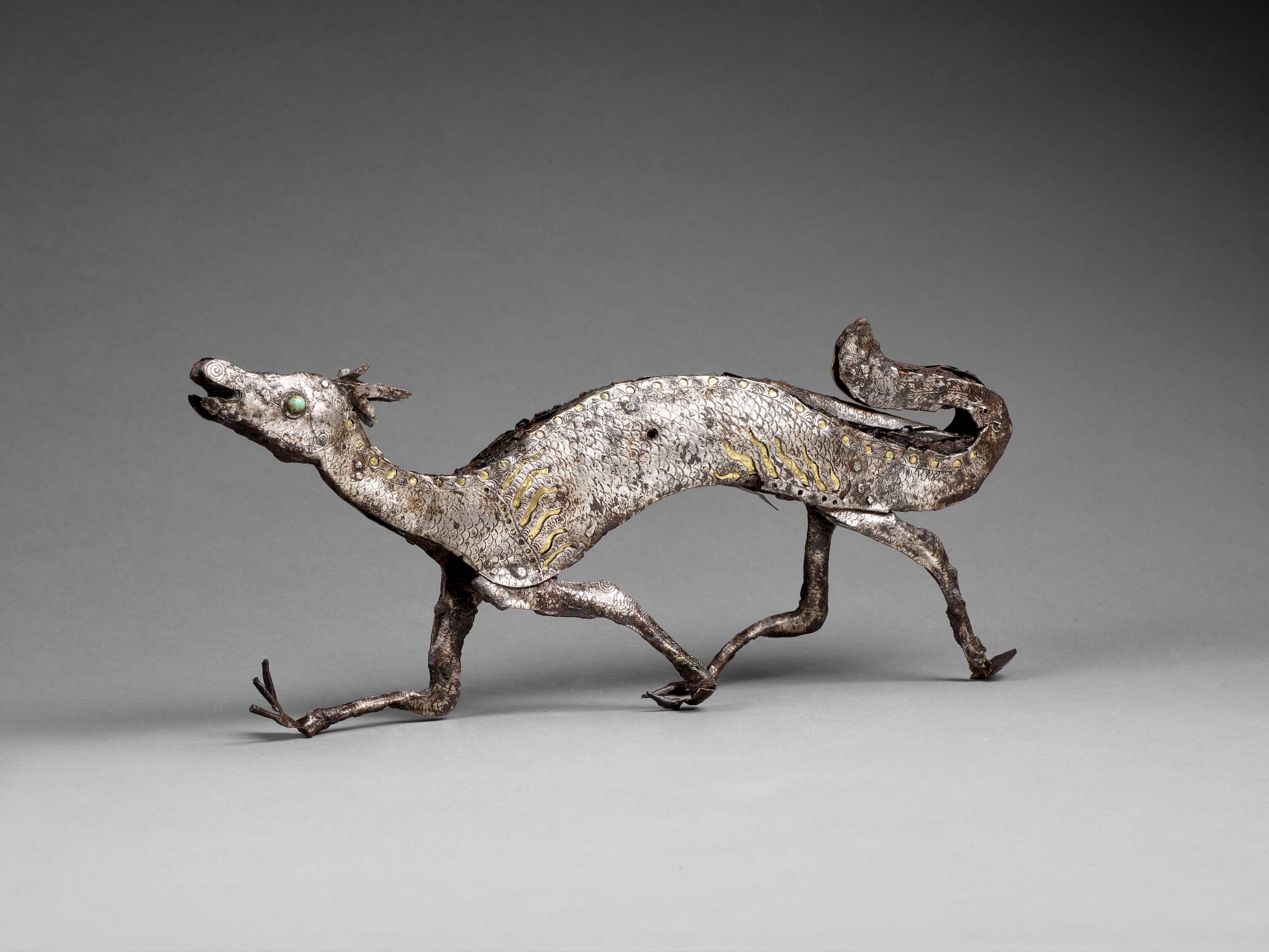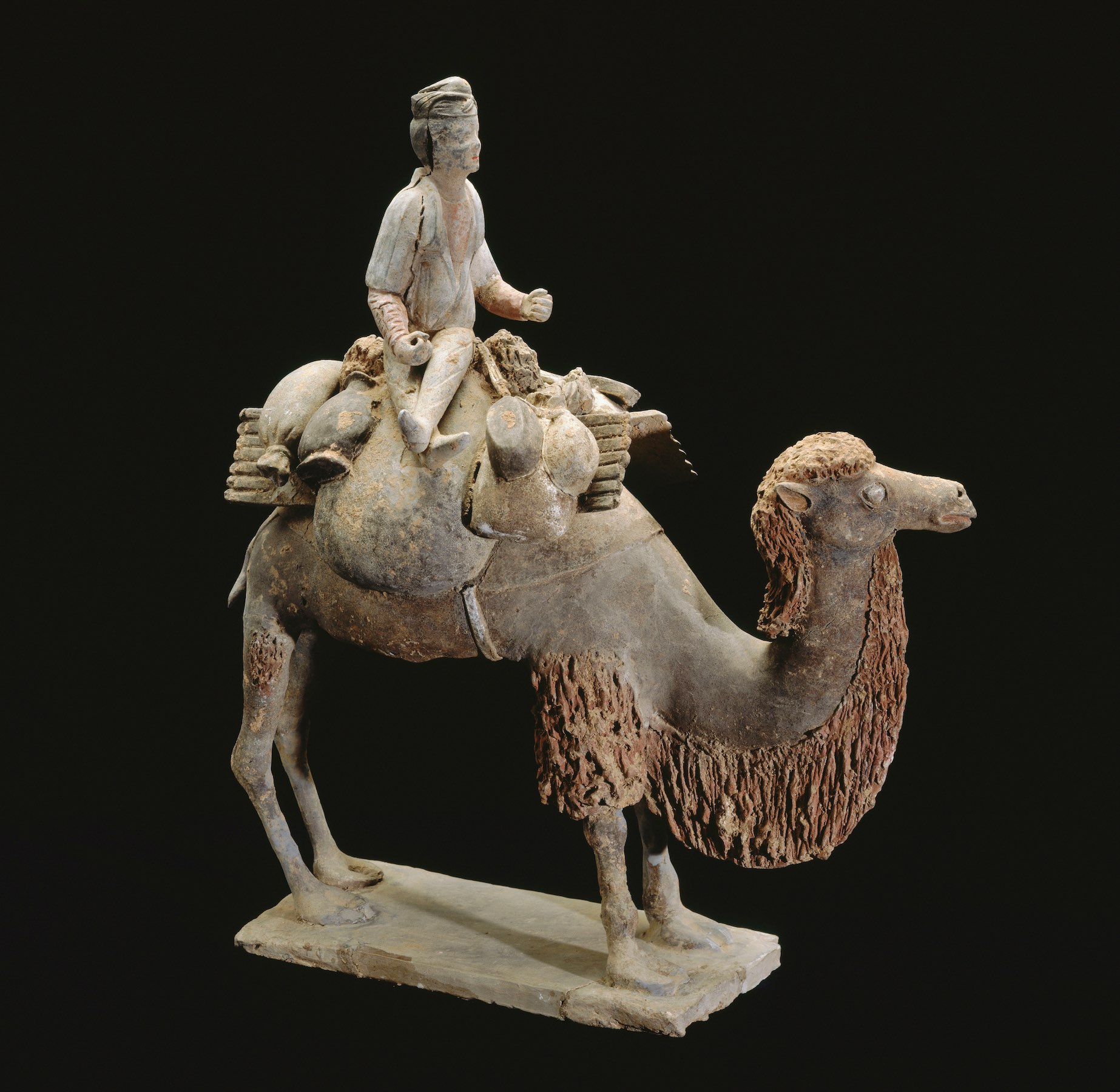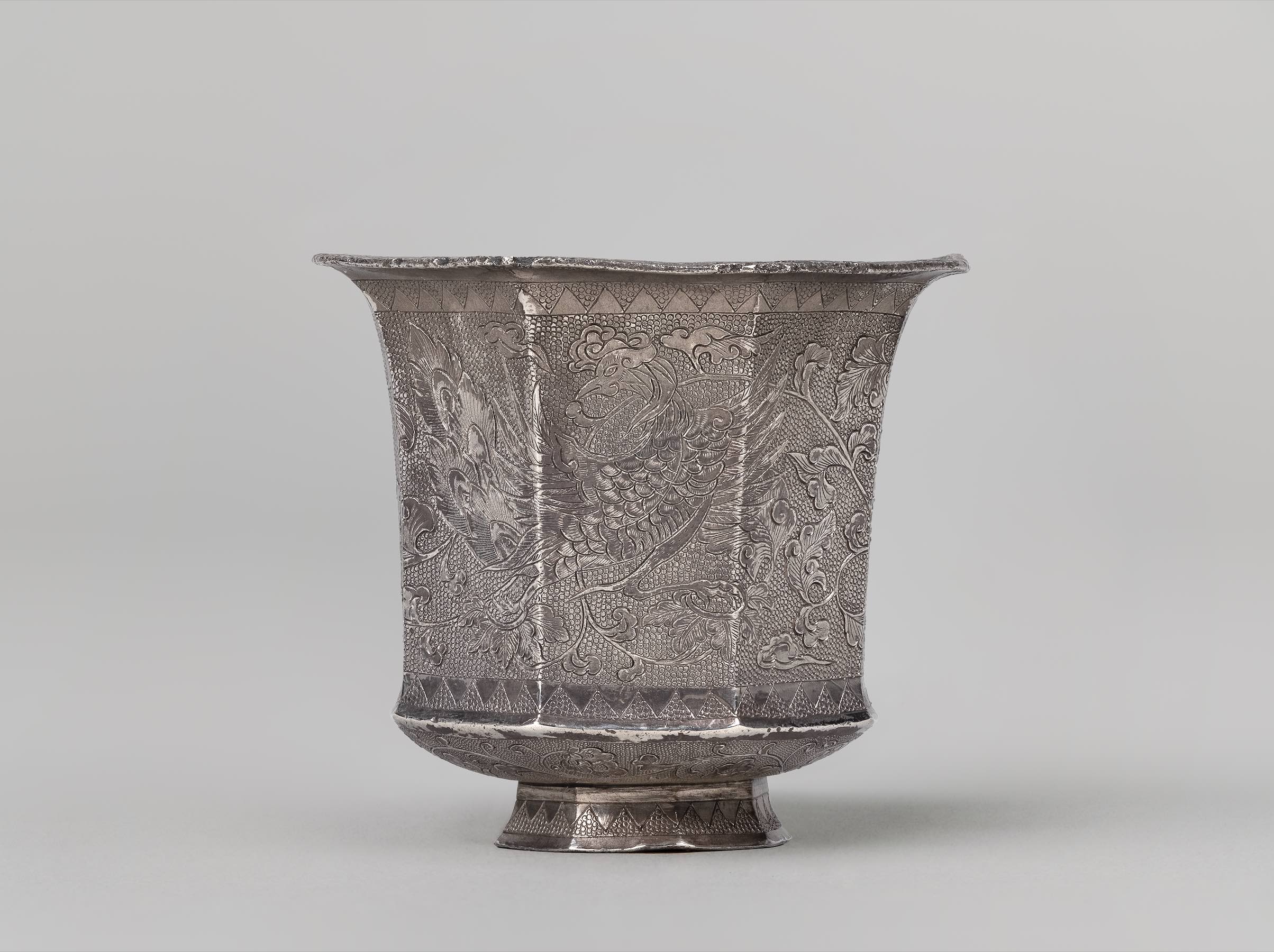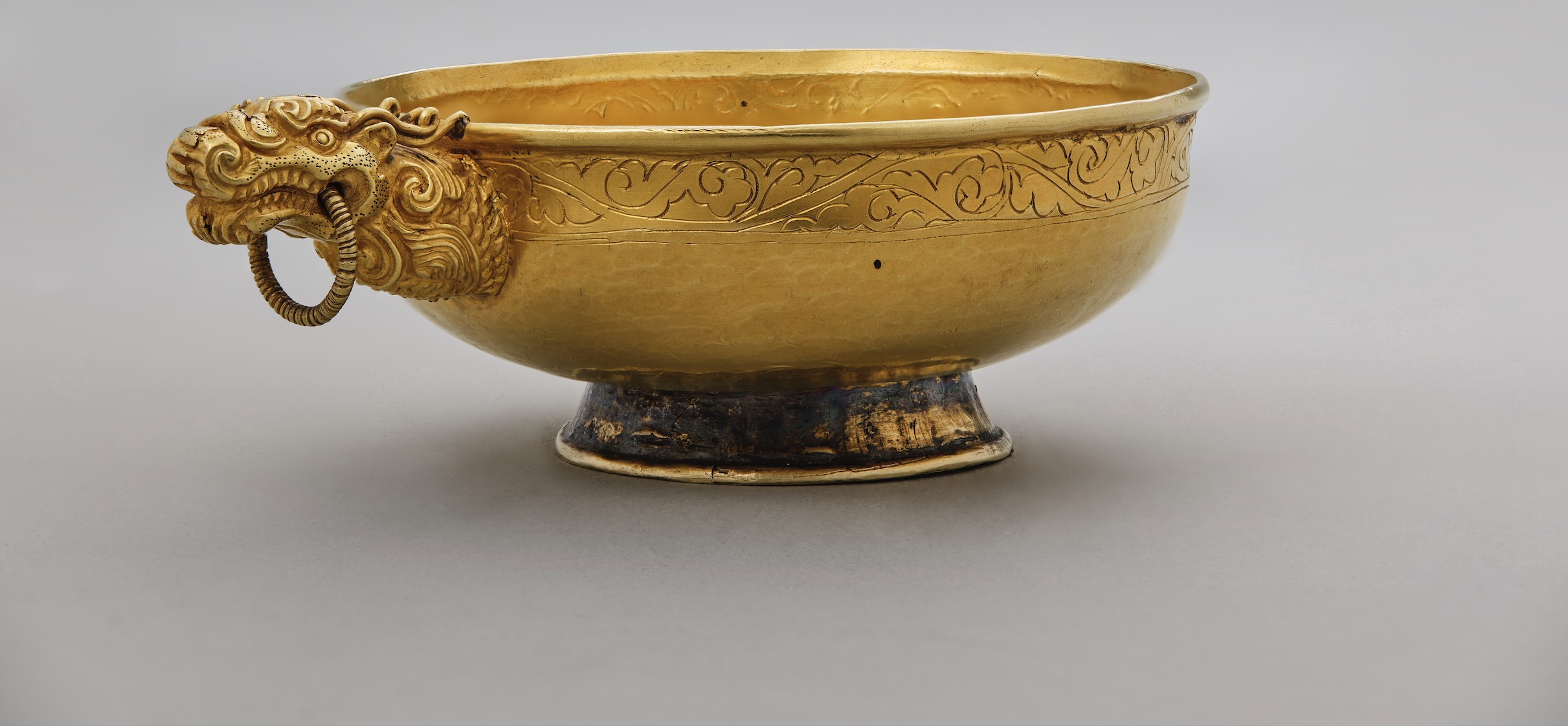Louvre Abu Dhabi’s second international exhibition of the year explores the cultural and artistic exchange between the two civilisations.
Louvre Abu Dhabi has announced its second international exhibition of 2021, Dragon and Phoenix – Centuries of Exchange between Chinese and Islamic Worlds, which will run from 6 October 2021 until 12 February 2022.
Organised by Louvre Abu Dhabi in partnership with Musée national des arts asiatiques – Guimet with the support of France Muséums, the exhibition will showcase the cultural and artistic exchange between the Chinese and Islamic civilisations from the 8th to the 18th century. Visitors will be able to explore cultural connections through more than 200 artworks from the collections of Louvre Abu Dhabi, the Musée Guimet and 12 international museums and institutions, alongside a wide-ranging cultural programme.

Dragon and Phoenix places in dialogue artefacts from two worlds rich in culture, arts, and sciences: China (the dragon) and the Islamic world (the phoenix). The exhibition showcases the connections, artistic influences and untold stories of more than 800 years of exchange through land and sea trade routes, from the establishment of the first Arab merchant colonies in Canton in the 8th century until the beginning of the 18th century. Journeying from the Mashriq and the Arabian Peninsula through Central Asia and the Indian Ocean, and to China and Vietnam, the exhibition reveals a long and rich history of mutual admiration and influence reflected in both material and immaterial exchanges.

Highlights from the exhibition include a rare Yuan dynasty (1279-1368) gold Cup with dragon-shaped handle from China, a masterpiece from Louvre Abu Dhabi’s collection that may have been made for a nomadic dignitary in the north of China. Visitors will marvel at some of the most spectacular luxury silk fabrics ever created: the so-called Panni Tartarici (or Tartar cloths) – Mongol silk fabric with gold threads – from the collection of the Musée national des arts asiatiques – Guimet, which clearly attests to influences from other textile traditions, such as those of Iran, the Near East and Central Asia. Also from the collection of the Musée national des arts asiatiques – Guimet is a Fabulous animal (perhaps a dragon), showing the impressive chiselling technique on gilded silver, a rare creation from the Liao Dynasty (907/916-1125). Dragon and Phoenix also highlights the ‘alliance of the two pens’, the brush in China and the reed pen in the Islamic world. Thanks to a superb selection of drawings, manuscripts and ink paintings, the exhibition shows the similarities and the spiritual value placed on the two calligraphic traditions.

With more than 200 artefacts spread across five sections—the first four following a historical timeline, and the fifth focusing on literary traditions of calligraphy and poetry —Dragon and Phoenix showcases this history of a fluid global context of artistic and cultural exchanges in earlier times.
The exhibition features a diversity of artworks, including paintings, silverware, ceramic, glassware, manuscripts and luxury fabrics, with an international repertoire combining Arab epigraphy, chinoiseries, lotuses, geometrical decoration, dragons, phoenixes and many other fantastic bestiaries.
The exhibition invites visitors to discover new historical perspectives and to observe how artworks and motifs showcases these stories of exchanges, interactions and migrations. Visitors will discover incredible interconnections between these great civilisations, with the exhibition unveiling production influences that otherwise would have been undiscerned. As with every international exhibition, Louvre Abu Dhabi asks visitors to see the interconnectedness of our world through art, questioning our own preconceptions and embracing global art histories, whose complexities enrich the understanding of our world.
GO: Visit www.louvreabudhabi.ae for more information.
.


